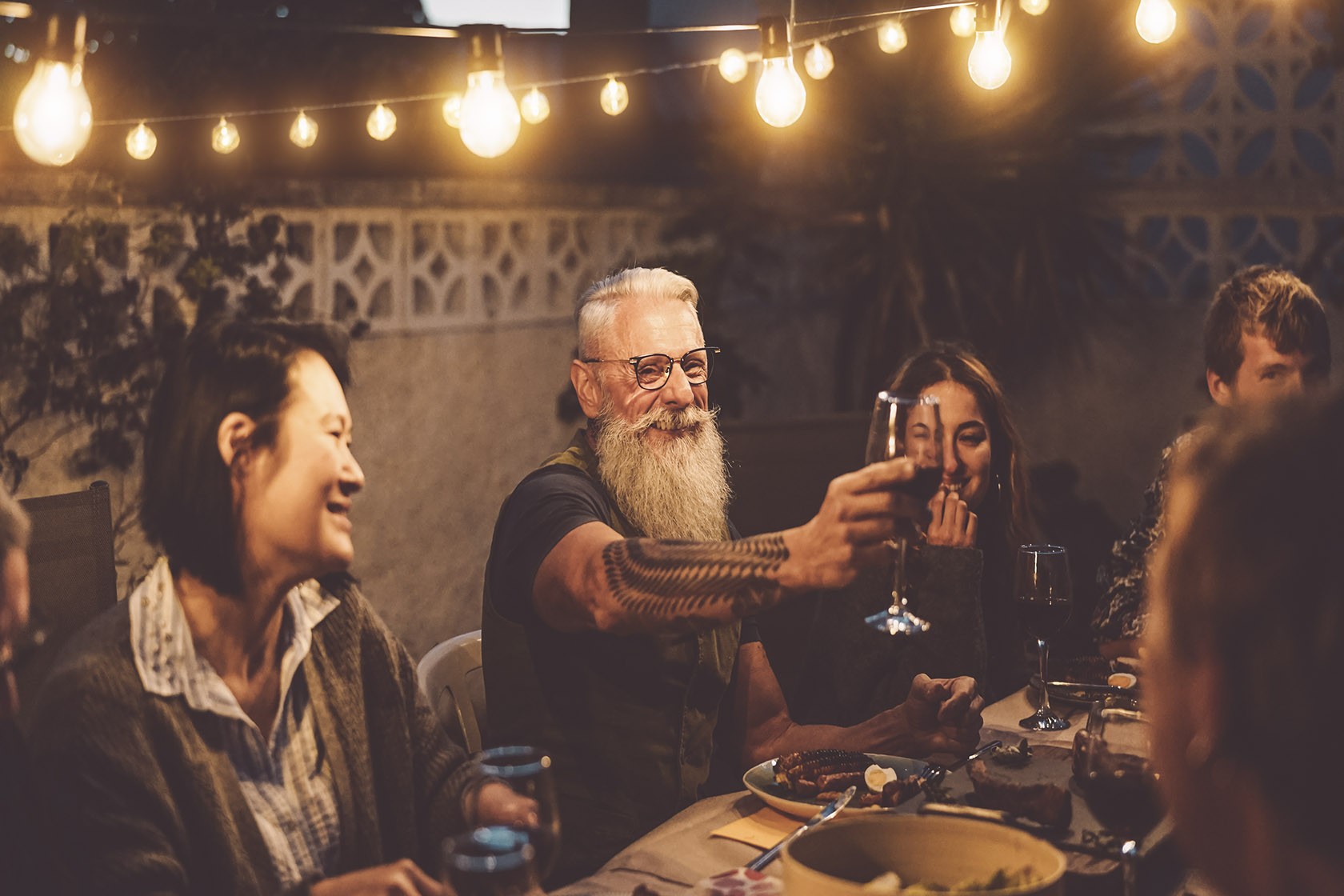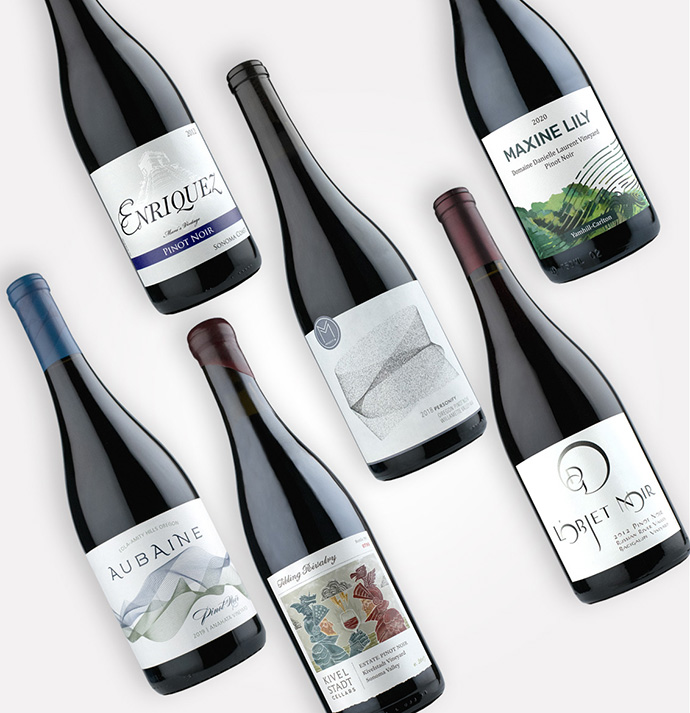A wine tasting party can be simple or elaborate
A wine tasting party is a great way to get together with friends, enjoy some new wines, and have a conversation about how you experience each wine. Sometimes it’s better to get opinions from your peers to find out what they are tasting and compare it to what you are tasting, rather than a book or a Sommelier telling you what you should be tasting.
Hosting a wine tasting party at your home can be as simple or as elaborate as you make it. Tastings can range from having a few friends over everyone bringing a couple of bottles they like, and you all try them. To buying 12 different wines, printing out tasting note cards, preparing the blind tasting, and serving food. Then, of course, there is everything in between. We will walk you through some basic steps to ensure that your tasting is educational, organized, and, most importantly, fun.
What to drink
First, you should pick a theme to set the tone for the type of tasting party you will have and give your guests an idea of how the event will go.
For example, your theme could be:
A blend of the Pacific Northwest — Ask your friends to each grab a red and a white blend from California, Oregon, or Washington.
Then set the expectation on food availability or pairing. For example, “We will be pairing the delightful wines with a delicious mushroom and cheese pizza from ‘insert favorite pizza place here.'”
A more traditional approach to a tasting is a series of white and/or reds with something in common.
Oregon Pinot Noir — In this case, you might select 3 or 4 Pinots from Oregon. Guests will taste each one and write down their tasting notes on a Tasting Notes (Insert link to tasting notes PDF here) page that you will provide to each guest.
Again, set the expectation for what else will be served. For example, “We will be sampling soft cheeses and charcuterie from California during our tasting.”
Other themes could include:
- Blended whites from Oregon
- Full-bodied reds from Washington State
- Chardonnays from Napa
- Vintage challenge: Buy multiple vintages of the same wine/bottle
- Dessert wines of the Pacific Northwest
Whatever theme you settle on, have fun with it and do some research on what hors d’oeuvres pair well with them.
Who to drink with
Next comes the guest list. Mixing wine with anyone can quickly turn into a good time, but mixing wine with close friends and loved ones is a recipe for a fantastic party! Inviting 6-8 people is ideal as it allows everyone a sample of each bottle and ample time to make notes before discussing each wine. Be sure to note in your invite to avoid perfumes and colognes. These scents can throw off your taste buds and make it hard to determine what you’re drinking.
Now you need to decide how many bottles you’re going to buy if you provide all of the wine yourself. It is customary to start with a small 2oz pour of each wine which allows each person approximately two sips depending on how big a sipper they are. The second sip often confirms what you tasted in your first sip while also allowing your palate to look past the obvious notes and search deeper for others. That may seem like a small pour, but most people aren’t afraid to ask for a second taste from a bottle they enjoyed.
A general rule is to assume everyone will drink about half of a bottle throughout your tasting, but you know your friends best, so if you think that’s more likely to be a full bottle, it’s better to be safe than sorry.
What to eat
We mentioned food pairings earlier. Food is an important part of any tasting, and you have to decide how you plan on utilizing it. For example, it’s always a good idea to have water crackers and a baguette prepared along with some water to allow people to cleanse their palates in between wines. If you are going to provide hors d’oeuvres, which we highly recommend, including cheeses, olives, and charcuterie, can enhance and often give context to flavors you taste in the wines. Be careful not to serve anything too spicy, as you do not want to numb any taste buds.
You must pick cheeses and charcuterie that will pair well with your wines. For example, if you plan on tasting full-bodied reds, you might want to serve soft cheese like Brie or Camembert with a fig or dark berry compote. With Sauvignon Blanc from the Columbia Valley, you may want to pair harder cheese such as Alpine Swiss or a medium Gouda along with some Capocollo and almonds.
What to have handy
Next, make sure you are stocked up on some commonly overlooked supplies for your tasting. Depending on how elaborate your tasting will be, you will need to make sure that you have the necessary stemware. It is perfectly acceptable to give everyone one glass to drink out of for the evening, but they should also have the ability to wash it, especially if you are going from white to red or vice versa.
In our experience, having a spit bucket has proven to be a needless task for at-home tastings with friends, but depending on your guests, some may want the option. To maximize your tasting experience, serve the wine in a well-lit room with plain white walls or provide plain white paper so that guests can observe each wine’s color and stem structure. You may even want to keep some wine books at arms reach if someone has a question that no one in the room can readily answer.
How to pour
It’s almost time to prepare the pours! Depending on your theme, it is most common to serve from lightest to fullest bodied wines, as a full-bodied red could wash out some of the more delicate flavors of a delicate white wine. Keep in mind serving temperatures as well. White wines are typically served between 45-55 degrees Fahrenheit, whereas reds are served between 55-68 degrees.
Lastly, make sure that you are serving in the correct order. Have the names written down in the order you intend to serve them before your guests arrive. Once everyone walks through the door and corks start popping, things can get disorganized quickly! If you are doing a Blind Taste Test, make sure that you have the covered bottles labeled so that only you know which they are at all times if they get moved around in the excitement!
There you go, the only thing left to do now is to invite your friends, open some amazing wines and start the fun! Cheers!




